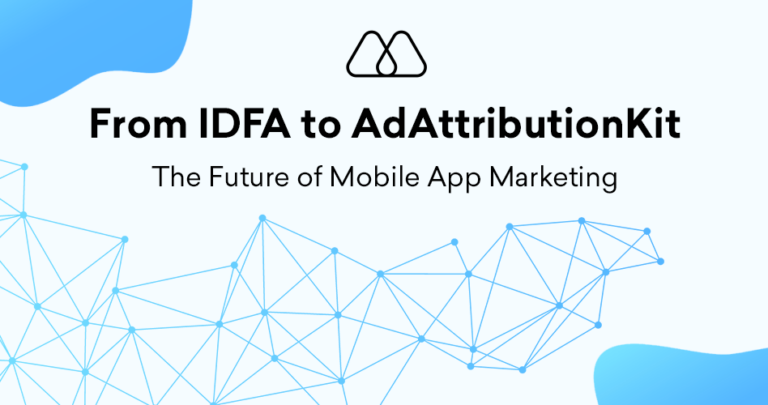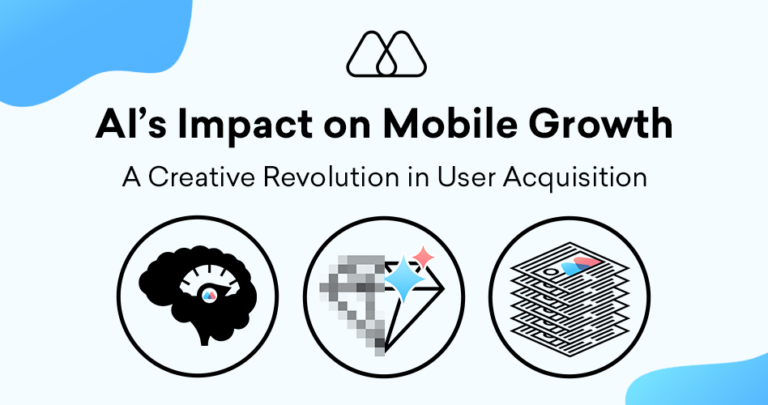In the competitive world of mobile app advertising, reaching the right users is paramount to campaign success. This is where targeting in mobile advertising comes into play. Targeting allows you to deliver your ads to a specific audience most likely to be interested in your app, maximizing campaign effectiveness and return on investment (ROI). This article explores various targeting strategies and considerations for the sophisticated mobile app marketer.
What is Targeting in Mobile Advertising?
Targeting in mobile advertising refers to the practice of delivering ads to a set of users based on pre-defined characteristics. These characteristics can encompass a wide range of factors, including:
- Demographics: Age, gender, location (country, region, city), household income, etc.
- Interests: App categories used, browsing behavior, purchase history, inferred interests based on app usage, etc.
- Device Targeting: Operating system (iOS, Android), device model, carrier network, etc.
- Contextual Targeting: Matching ads to the content of the app or website where they are displayed.
- Behavioral Targeting: Targeting users based on their past actions within your app or on other apps.
Types of Targeting in Mobile Advertising
There are several primary targeting methods employed in mobile advertising:
- Demographic Targeting: Demographic targeting allows you to reach users based on demographics like age, gender, and location. While broad, it can be a good starting point for campaigns.
- Interest Targeting: Targeting users based on their interests is more specific than demographics. By leveraging user data or app behavior, you can target users with interests relevant to your app.
- Contextual Targeting: Contextual targeting aligns ad content with the context in which it appears. For example, display an ad for a fitness app within a health and wellness app.
- Behavioral Targeting: Behavioral targeting leverages user behavior data to target users who have exhibited specific actions. This could include users who have previously installed similar apps, made in-app purchases, or completed actions within your app.
- Lookalike Audiences: This advanced technique allows you to create audiences similar to your high-value users by leveraging user data and machine learning.
Choosing the Right Targeting Strategy
The optimal targeting strategy depends on several factors, including your app category, target audience, and campaign goals. Here are some considerations:
- Start Broad & Refine: Begin with broader demographic targeting to establish a baseline. As you gather data, refine it based on campaign performance insights.
- Combine Targeting Methods: Don’t be afraid to combine different methods for a more granular approach. For example, target users within a specific age range who are also interested in a particular category relevant to your app.
- Leverage Contextual Targeting: This can enhance campaign relevance and user experience.
Beyond Basic Targeting: Advanced Strategies
Here are some advanced targeting strategies to explore:
- Geo-fencing: Users within a specific geographical location, such as users near a physical store location.
- Retargeting: Reach users who have previously interacted with your app in some way, encouraging them to return or take a desired action.
- Sequential Targeting: Deliver targeted ads to users at different user journey stages.
5 Key Takeaways from Targeting in Mobile Advertising
- Reaching the Right Users: It allows you to deliver ads to a specific audience most likely interested in your app.
- Targeting Methods: Demographics, Interests, Contextual, Behavioral, Lookalike Audiences.
- Choosing the Right Strategy: Consider app category, target audience, and campaign goals, and refine based on data.
- Combine & Leverage Context: Combine methods and use contextual targeting to enhance user experience.
- Advanced Strategies: Explore geo-fencing, retargeting, and sequential targeting for additional reach and engagement.
Effective targeting is the cornerstone of successful mobile app advertising campaigns. By understanding the various targeting methods available, tailoring your approach to your specific needs, and exploring advanced strategies, you can ensure your ads reach the right users at the right time, driving growth and achieving your mobile app marketing goals.




